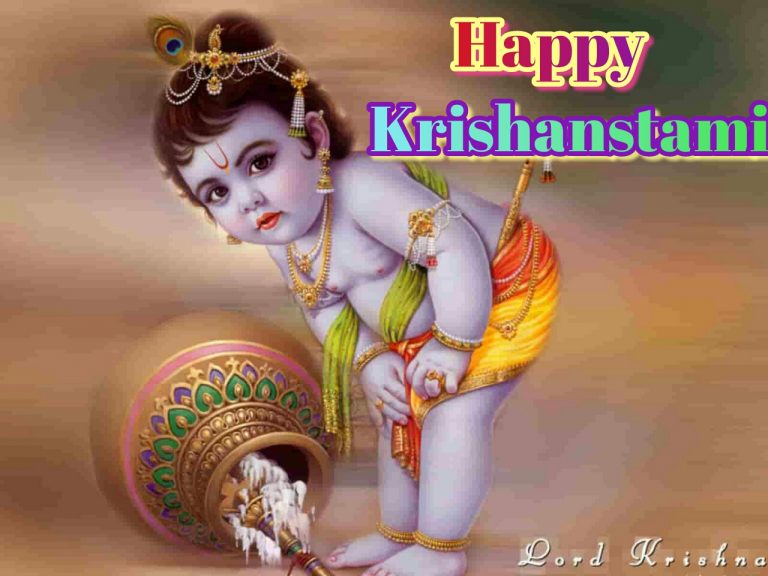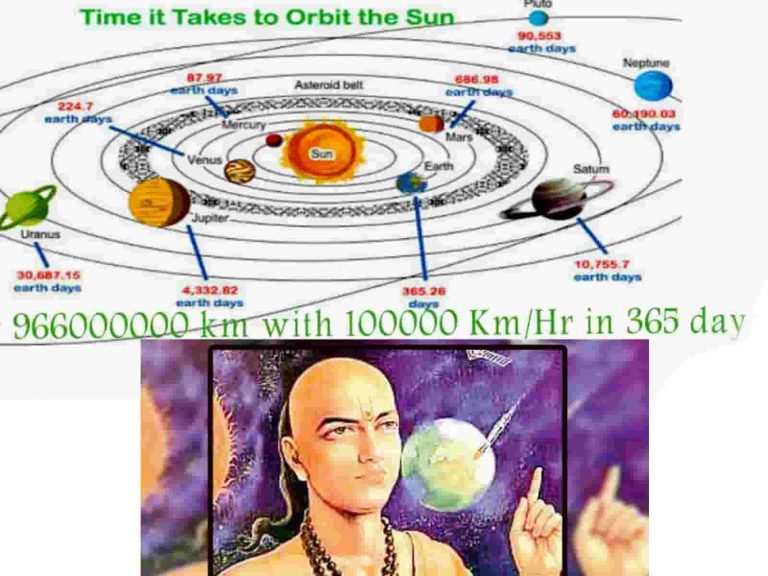Read a fictionalised biography of Kasturba Gandhi, who was as strong and great as the Mahatma; theres a love saga between a widower and an estranged woman; a tale of a new woman at the turn of Independence; analyze the relevance of older values in present-day life and the need to change with the times; observe the generational change and conflict in a Tamil community.
There’s this and much more as starting Saturday, over the next 20 days, Niyogi Books offers you from its Thornbird imprint a compelling melange of Indian language literature in translation — one book a day at Rs 1 each, in collaboration with the Indian Novels Collective and downloadable on Amazon.
Here’s what’s on offer:
April 24: The Heroine and Other Stories by D. Jayakanthan (translated from Tamil). Each story in this collection delves into the depths of the human psyche, revealing the hidden strengths ordinary people find within themselves when faced with extraordinary circumstances.
April 25: Ballad of Kaziranga by Dileep Chandan (translated from Assamese). This is not a love story (although it does seep in), but rather, the story of love three friends share for the beautiful and majestic Kaziranga, in their own unique way.
April 26: Blossoms in the Graveyard by Jnanpith Awardee Birendra Kumar Bhattacharyya (translated from Assamese) is the story of a young girl from a village in what is at that time East Pakistan as she journeys from dependence to self-reliance in the midst of the Bangladesh liberation struggle.
April 27: Elegy for the East by Dhrubajyoti Borah (translated from Assamese) explores the utter helplessness and travails of man in face of the relentless march of history.
April 28: Brink by S.L. Bhyrappa (translated from Kannada) is a love saga between Somashekhar, a widower, and Amrita, an estranged woman and deliberates on the moral, philosophical, and physical aspects of love between a man and a woman.
April 29: Kasturba Gandhi: A Bio-fiction by Giriraj Kishore (translated from Hindi) ?is the fictionalised biography of Kasturba Gandhi, a woman as strong and great as Mahatma Gandhi, who earned a place in history because of her personal sacrifices and strength of conviction in what was right.
April 30: A Plate of White Marble by Bani Basu (translated from Bengali). It is the tale of the enew woman’ of an era that has just witnessed the independence of a nation.
May 1: A Day in the Life of Mangal Taram by Anita Agnihotri (translated from Bengali) is a selection of 14 stories out of over 200 short stories written by Anita Agnihotri, whose works traverse a wide range of human emotions, spanning over three decades.
May 2: Island of Lost Shadows by E. Santhosh Kumar (translated from Malayalam). Through the voices of a myriad and sharply sketched characters, the author brings to life the troubled times of the Seventies when sadistic excesses were the norm.
May 3: Giligadu: The Lost Days by Sahitya Akademi winner Chitra Mudgal (translated from Hindi) is a multi-layered novelette, short in length yet deep in meaning and messages for urban India.
May 4: Generations by Neela Padmanabhan (translated from Tamil) is an intricate tale, simply told by a master of fiction about a community of Tamil speakers who live on the borders of modern-day Kerala – a novel of generational change and conflict.
May 5: A Fistful of Mustard Seeds by E. Santhosh Kumar (translated from Malayalam) explores moral dilemmas and personal traumas and delves into the dark recesses of the soul.
May 6: Land Lust by Joginder Paul (translated from Urdu) offers poignant glimpses of the unequal multiracial relations in colonial Kenya, evoking insightful moments of compassion from within the harsh xenophobic environs.
May 7: Laila Ke Khutoot: The Letters of Laila by Qazi Abdul Ghaffar (translated from Urdu) has been hailed as the ‘first specimen of a truly psychoanalytical fiction in Urdu’.
May 8: In the Glow of Your Being by Govind Mishra (translated from Hindi) examines the issues faced by the modern Indian woman and probes deep into the question of their freedom and its denial by society.
May 9: The Elixir of Everlasting Youth by Lakshmi Nandan Bora (translated from Assamese) is the story of an internationally renowned scientist who apparently has everything – scientific breakthroughs, awards, fame, wealth and a fine family; the key to rejuvenation continues to elude him till he finally learns the secret, helped by a yogi’s treatment and modern science.
May 10: The Story of a Timepiece: A Collection of Short Stories by Sankarankutty Pottekkat (translated from Malayalam) deals with complex characters and human relationships in realistic, everyday situations, often reflecting the social consciousness of the pre-Independence period.
May 11: The Musk and Other Stories by Arupa Patangia Kalita (translated from Assamese) is an eclectic mix of short stories and a novella that sheds light on some of the burning issues that reverberate through the Assam Valley.
May 12: Jallianwala Bagh: Literary Responses in Prose & Poetry Edited by Rakhshanda Jalil (translated from Urdu, Hindi and Punjabi) attempts to open a window into the world of possibilities that literature offers to reflect, interpret and analyse events of momentous historical import.
May 13: Beasts of Burden by Imayam (translated from Tamil). Set in the early 1970s when ritual status and payment in kind were giving way to cash wages, this is an extraordinarily detailed picture of a lifestyle that has now passed.
Here’s a chance to chance to build up an eclectic library at virtually zero cost. What are you waiting for?


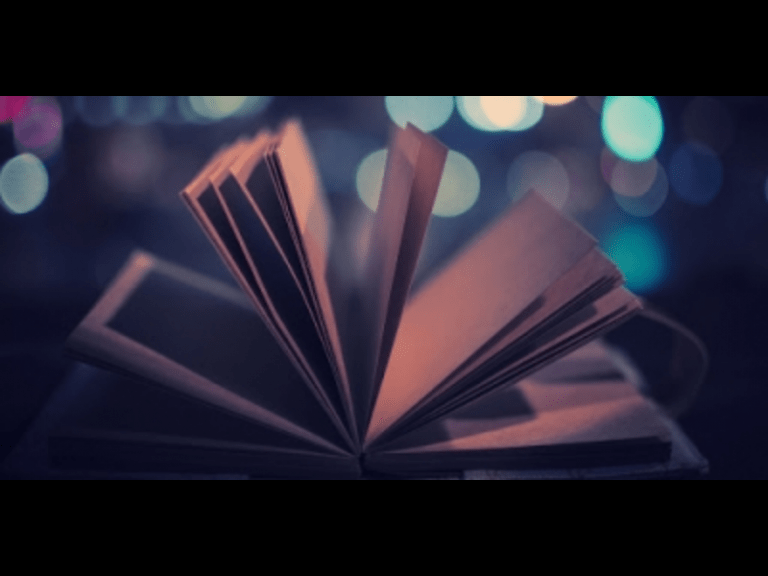
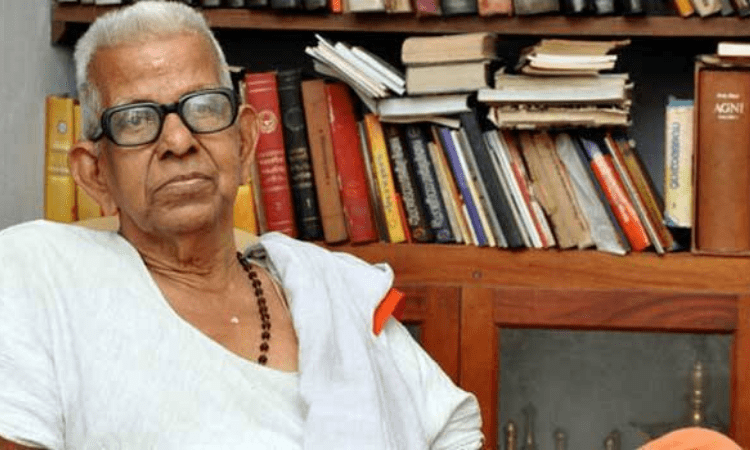

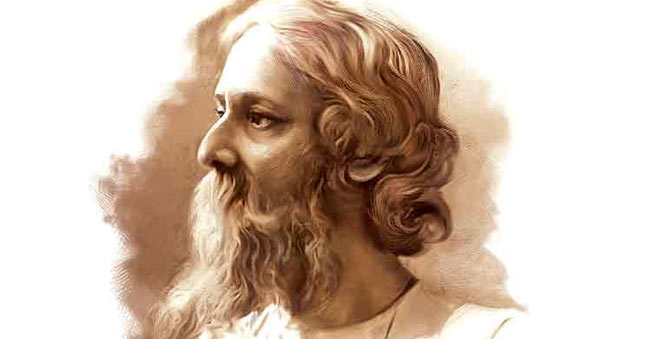
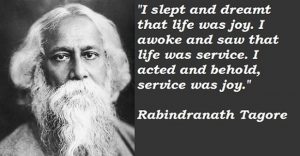
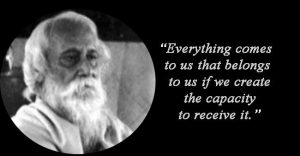
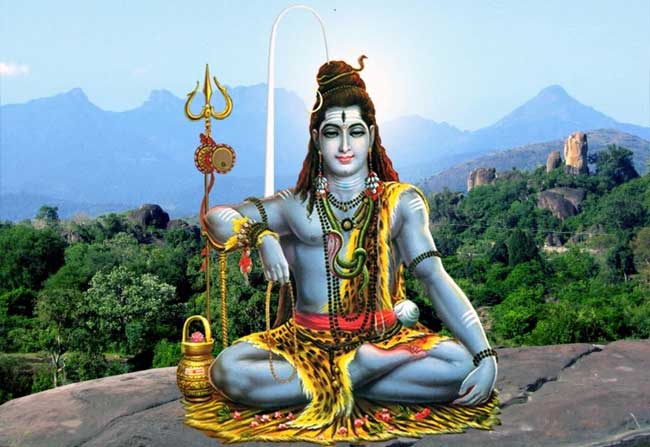
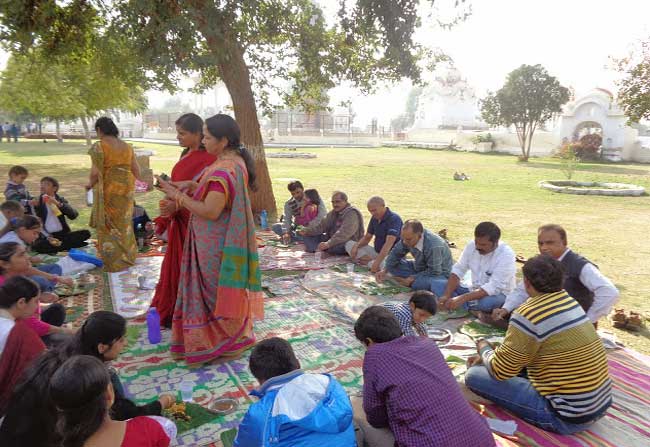 Traditionally people cook food under the Amla tree, and after offering prayers consume the food as prasadam. The sight of an Amla plant was a common thing in the backyard of every house. In the ancient times, Vanabhojam’s foremost intention was ‘Satkalakshepam’, spending time worshiping ‘suras’ (deities), in a righteous and noble manner. These outings were mainly dedicated to ‘Purana Parayanam’ i.e. reading the Holy Scriptures, an activity observed for concentration, dedication and contemplation of the individual soul to God.
Traditionally people cook food under the Amla tree, and after offering prayers consume the food as prasadam. The sight of an Amla plant was a common thing in the backyard of every house. In the ancient times, Vanabhojam’s foremost intention was ‘Satkalakshepam’, spending time worshiping ‘suras’ (deities), in a righteous and noble manner. These outings were mainly dedicated to ‘Purana Parayanam’ i.e. reading the Holy Scriptures, an activity observed for concentration, dedication and contemplation of the individual soul to God.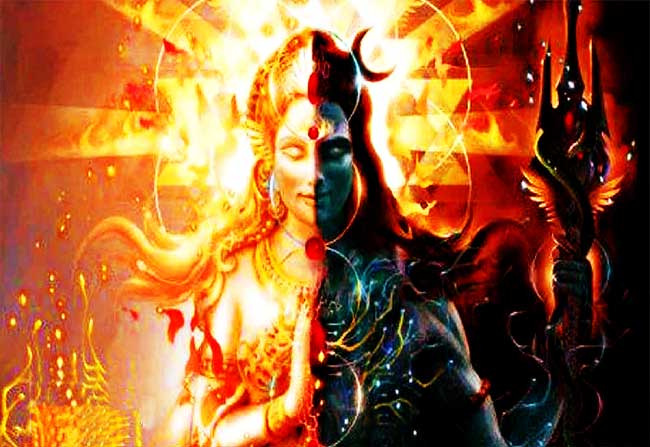 He got confused, thinking whether they are all offering their salutations to him or to Lord Shiva. It slowly developed ego (Aham). His thoughts became narrow, making him negative. The snake thought people are so foolish to wait for years together to get a glimpse of the Lord.It thought, having embellished the Lord for so many ages now, it must be greater than the God.
He got confused, thinking whether they are all offering their salutations to him or to Lord Shiva. It slowly developed ego (Aham). His thoughts became narrow, making him negative. The snake thought people are so foolish to wait for years together to get a glimpse of the Lord.It thought, having embellished the Lord for so many ages now, it must be greater than the God.


